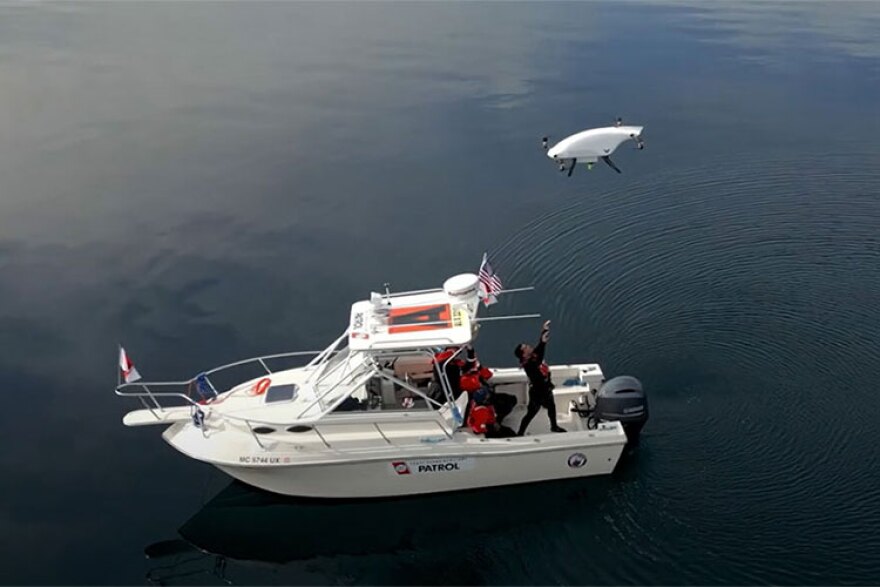A fledgling industry called Advanced Aerial Mobility, or AAM, is getting a jumpstart from the state.
Michigan has awarded $4.1 million in grants to help develop the new technology, which uses uncrewed drones over short to medium distances to move materials.
Charlie Tyson, the technology activation director with the state's Office for Future Mobility and Electrification, said Michigan hopes to leverage its automotive background to become a leader in the new industry.
One grant, in fact, goes to a car dealership group, Jack Demmer Automotive, to test using drones to move high demand auto parts.
Tyson said another project will test the use of drones at Munson Healthcare in Traverse City.
"They are working towards being able to use drones to move medical supplies, pharmaceuticals, lab samples in their daily operation over time," Tyson said.
Drugstore giant CVS will leverage its grant to test the delivery of pharmaceuticals from warehouse to store in the southeast Michigan area. It's the chain's first-ever drone delivery pilot project in the U.S., Tyson said.
The University of Michigan will use its grant to support its development of "M-Air," an expansion of its current advanced vehicle development and testing center, MCity. M-Air plans to help establish a Detroit-to-Ann Arbor air corridor for innovation, testing, and deployment.
Tyson said all of the projects will use safe, established "skyways," to prevent collisions.
"These projects, and the drones, use highly technical air traffic management software, to ensure that the routes that the drones take are not over risky areas, and they're also staying away from traditional aviation traffic in the air."
Certainly, "fledgling industry" is the key term here. Yes, one day AAM could even move people over short distances — via uncrewed aerial vehicles — but Tyson said that's way in the future.



